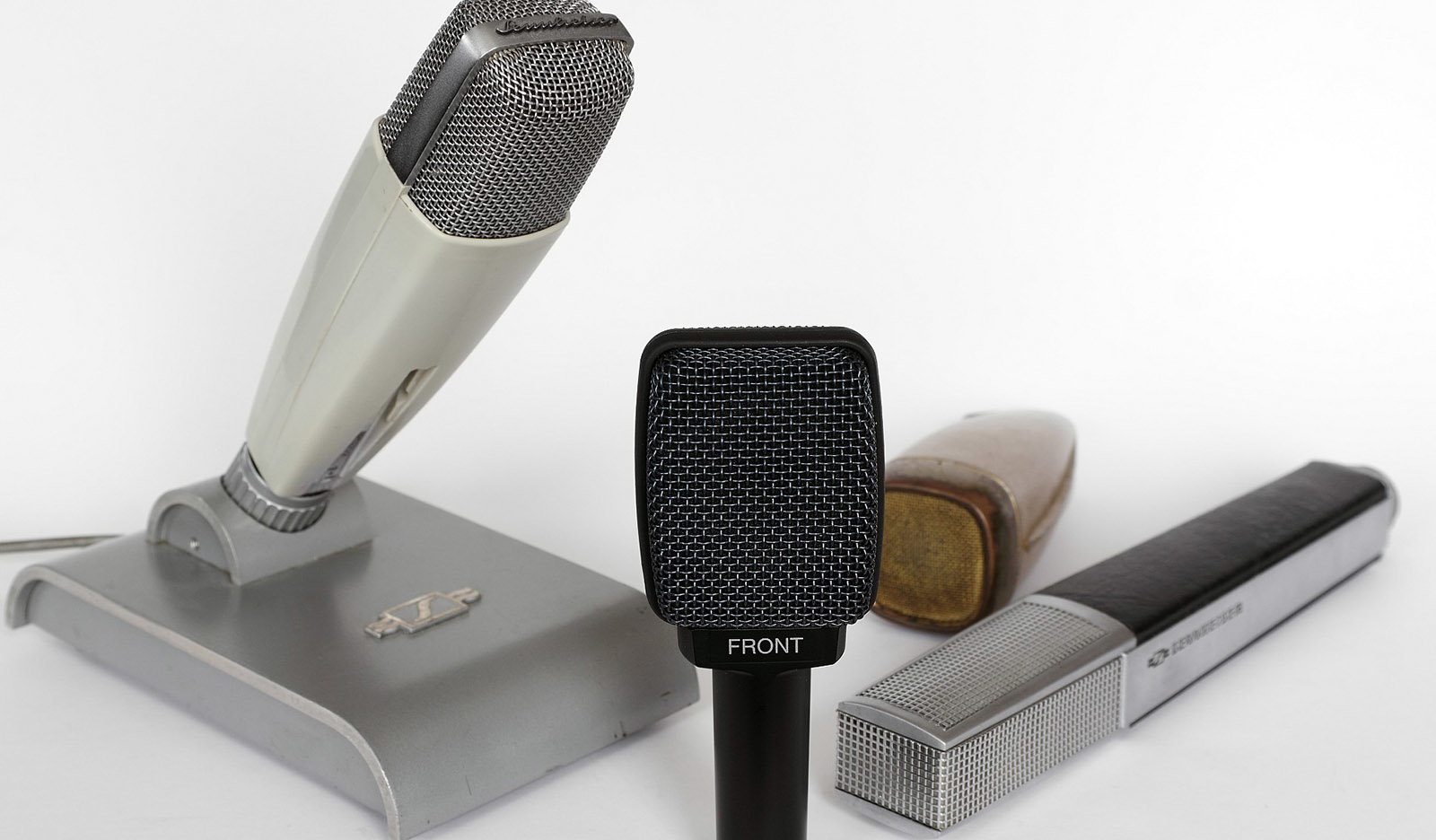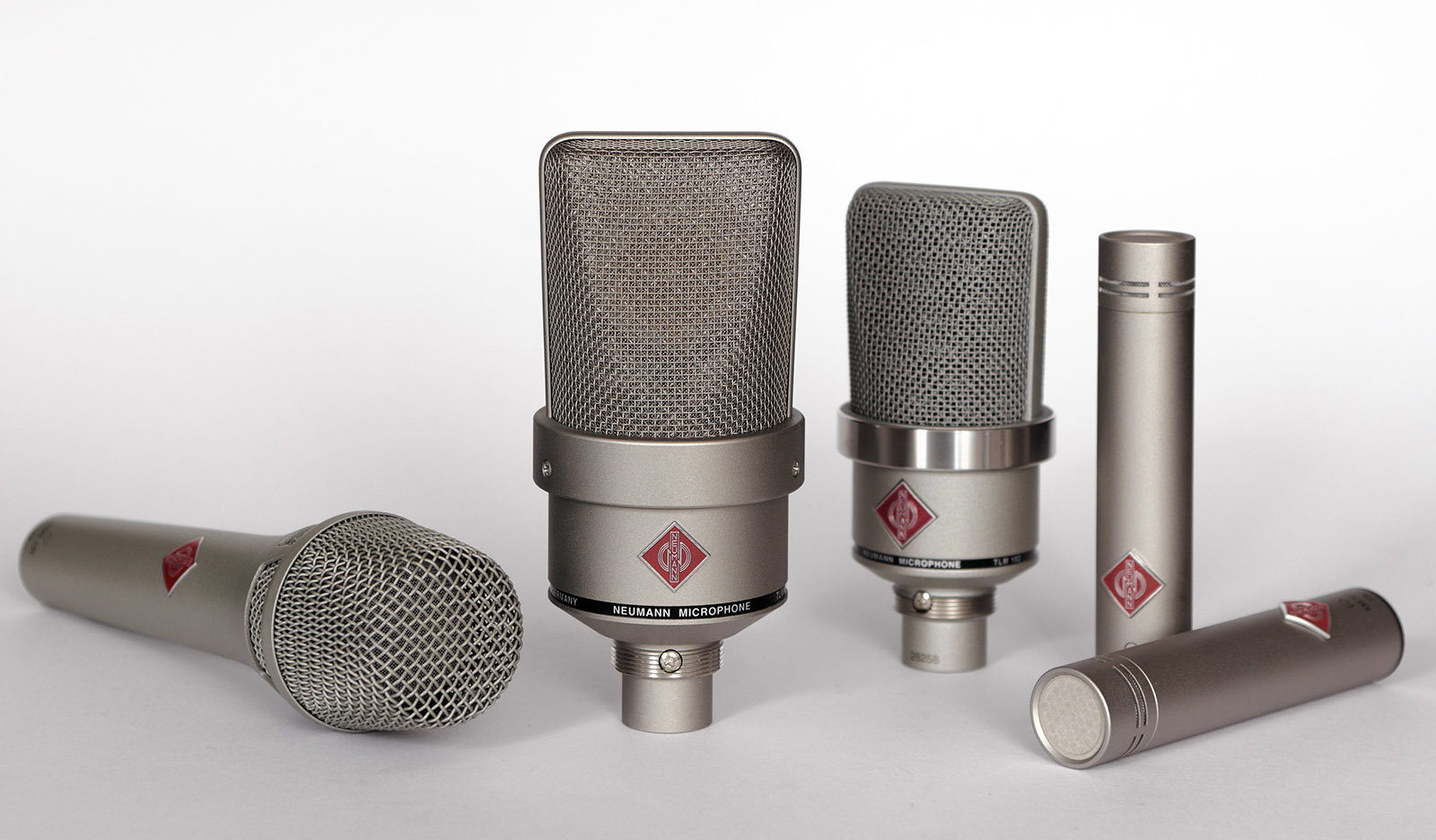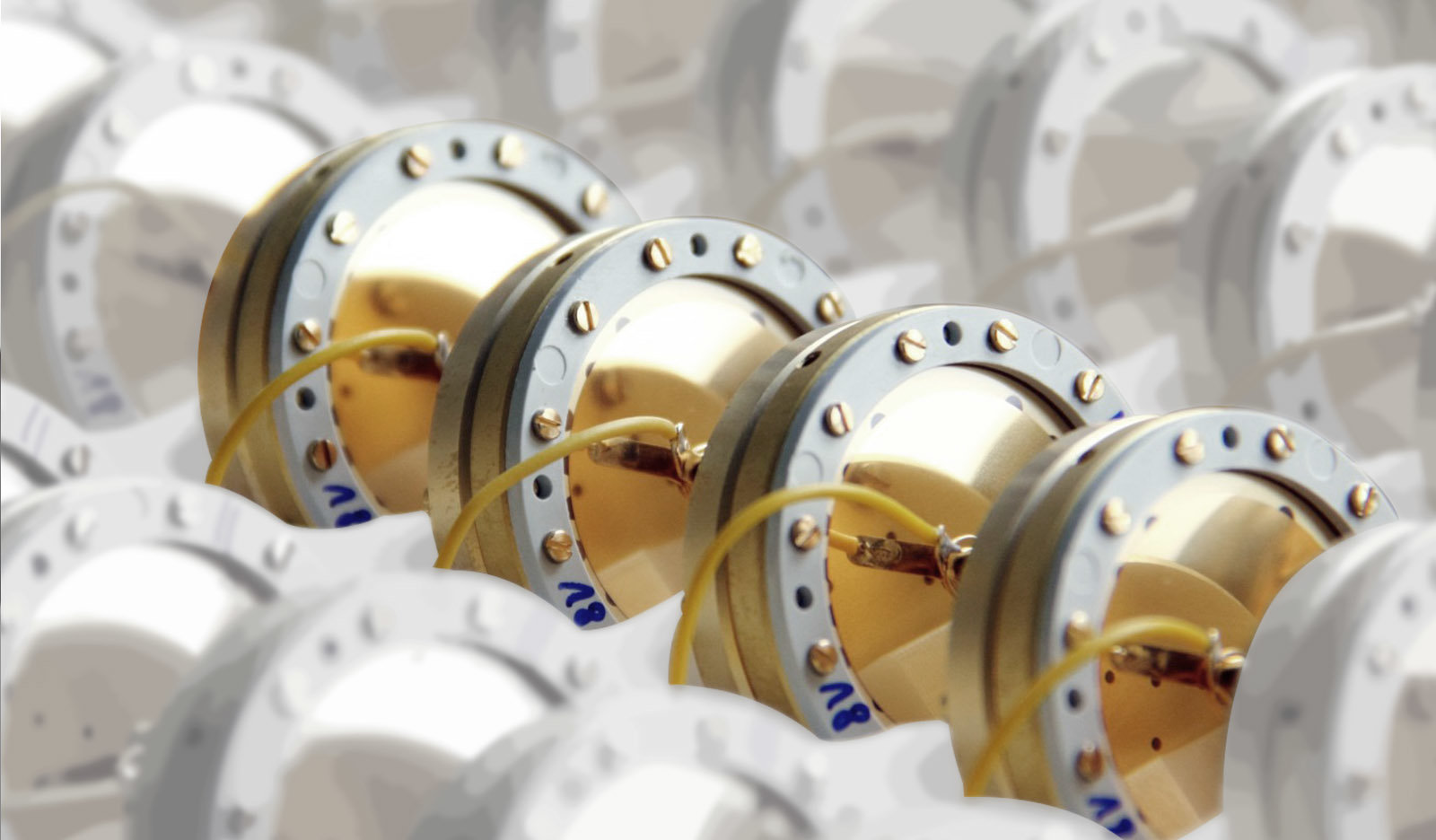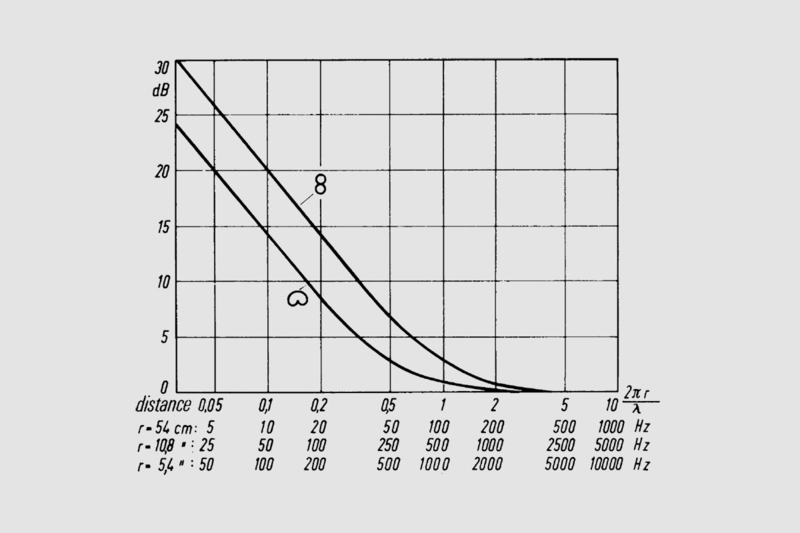WHAT IS THE PROXIMITY EFFECT?
The proximity effect is a phenomenon that leads to an increase in low frequency response as you move the mic closer to the source. The closer you get, the bigger the bass boost. This can create problems, but at the same time it opens up ways to shape the sound.
THE PROS AND CONS OF THE PROXIMITY EFFECT
The proximity effect is what helps DJs on the radio to sound like Barry White, and many a singer would sound like the skinny kid he is, if it weren’t for the blessings of the proximity effect. However, the proximity effect can also compromise speech intelligibility and make the low-end sound muddy, when “fattened” vocals and guitars get in the way of bass and kick drum.
So the proximity effect is a friend and an enemy at the same time. You can use it to make things big, fat, and sexy, but you have to keep it in check for a good overall balance and maximum transparency.
Obviously, the proximity effect is most noticeable on sounds with a lot of low frequency content below 200 Hz. So it’s an important factor when you record male voices, especially in the lower range, but it’s of less consequence for female voices. The proximity effect is often an issue when you record guitars (the E-string is is around 80 Hz). Acoustic guitars, in particular, often sound very “boomy” when you place your mic too close. But for dedicated bass instruments such as kick drum, bass guitar, or upright bass, the proximity effect can be helpful to create a big fat bottom end.
THE PROXIMITY EFFECT AND DIRECTIONAL PATTERNS
The strength of the proximity effect depends on the microphone’s pickup pattern. It is strongest on figure-8 microphones, and still pretty strong (though somewhat less) on cardioids. Omnidirectional microphones don’t have any proximity effect at all.
How come? Well, there are two types of transducers: pressure transducers and pressure gradient transducers. The proximity effect occurs only on pressure gradient transducers (which respond to the difference in sound pressure between the front and back of the diaphragm). Pure pressure transducers are omnidirectional, pure pressure gradient transducers are bidirectional. Cardioid microphones, which make up the majority of models, are a 50:50 mixture of pressure and pressure gradient transducers.
VARYING THE PROXIMITY EFFEKT WITH MULTIPATTERN MICS
What about multipattern microphones? This is a type of microphone – mostly large diaphragm condensers – that is fairly common in the studio but rarely seen in stage applications. A famous example is the Neumann U 87, probably the most widely used studio microphone around the globe.
Multipattern microphones achieve different pickup patterns by electrically combining the two halves of a dual diaphragm capsule. Because each of those halves has a cardiod pattern, some people claim that a multipattern mics will always have a strong proximity effect, regardless of the pickup pattern selected. However, Neumann research has proven this to be untrue. With regard to the proximity effect, multipattern microphones behave pretty much like fixed pattern, single diaphragm omni, cardioid, or figure-8 microphones. So the strength proximity effect changes with the pickup pattern selected.
Or, to put it in practical terms, a multipattern microphone allows you some control over the proximity effect. For instance, if you want more low-end from a somewhat thin voice, set your multipattern mic to figure-8 mode for a stronger proximity effect.

Microphone Basics (1)
WHAT IS A DYNAMIC MICROPHONE?

Microphone Basics (2)
WHAT IS A CONDENSER MICROPHONE?

Microphone Basics (3)
Electret condenser vs true condenser

